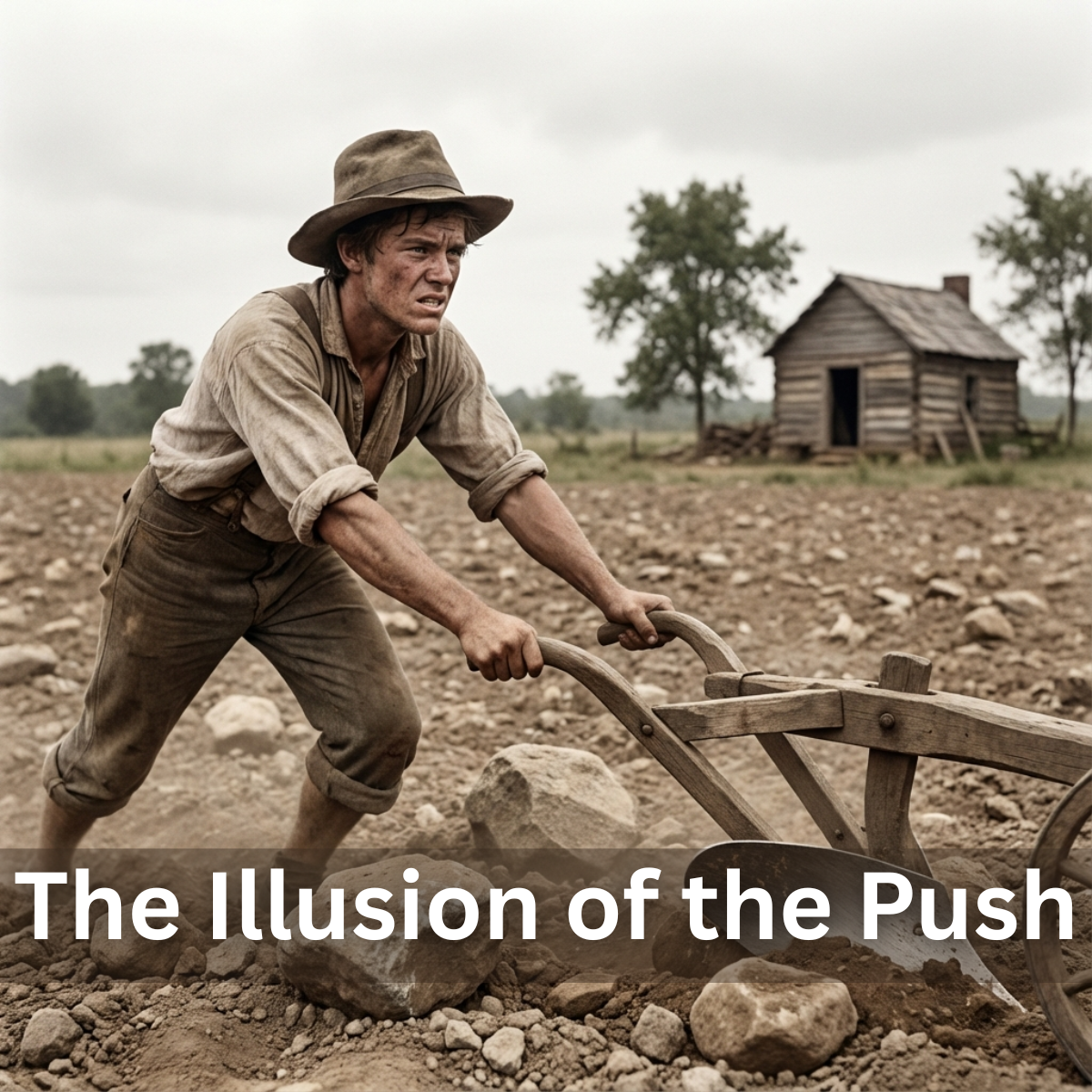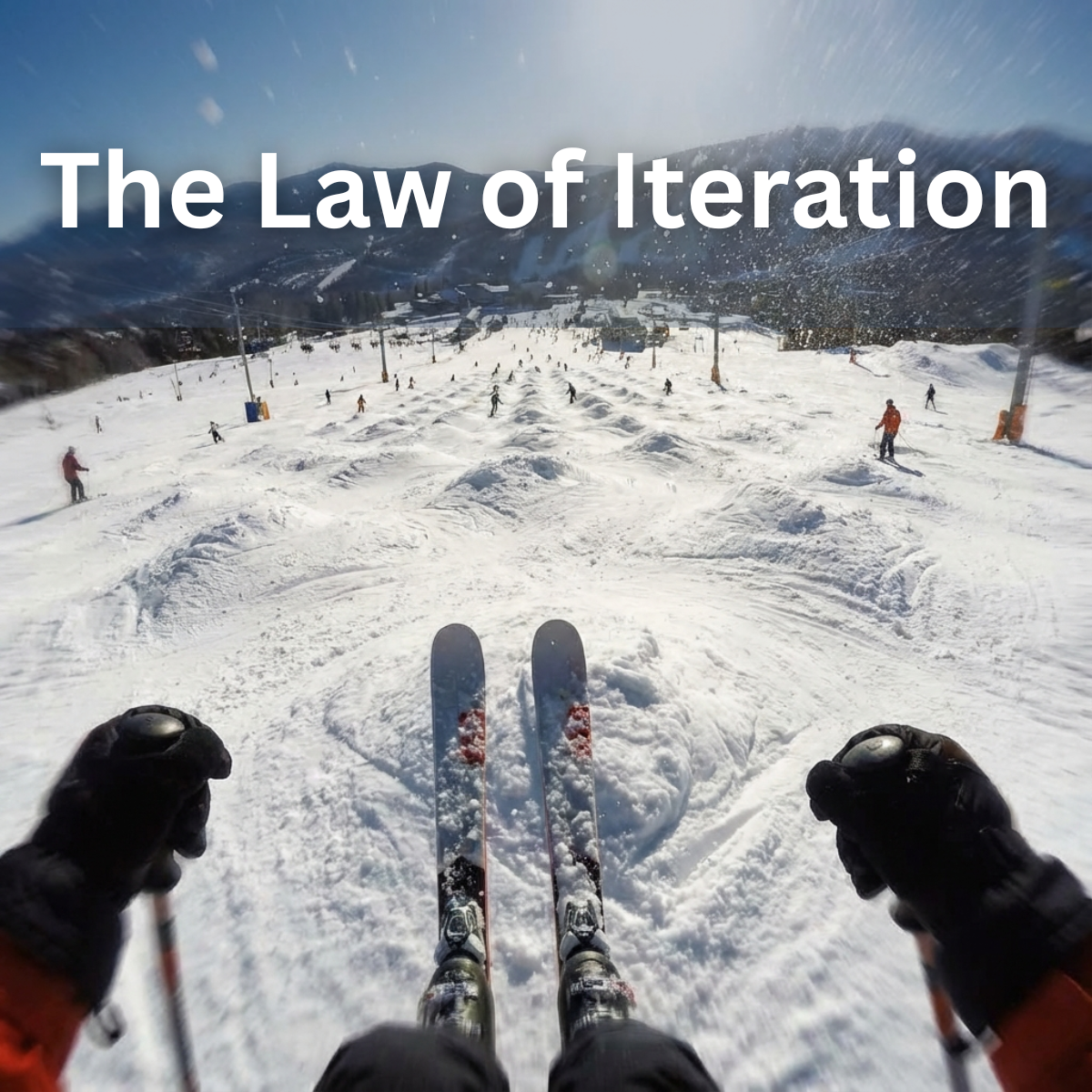From Bodybuilding to Cognitive Psychology
Allan Paivio was a fascinating figure I encountered during my undergraduate studies. Not only was he a bodybuilder who clinched the title of Mr. Canada in 1948, but he also owned a gym and health studio in Montreal. However, his most significant contribution lies in the realm of cognitive psychology. Paivio is best known for developing the Dual Coding Theory, a groundbreaking concept that explores how humans process information both visually and verbally. He dedicated much of his career to understanding the intricacies of human cognition, providing valuable insights into the ways we learn and remember.
The Role of Imagery in Human Cognition
According to Paivio’s theory, which has been corroborated by recent studies in brain activity, humans use distinct systems to process visual and verbal information. The idea is that at some point in our development, humans began using imagery as a memory aid. This use of imagery has been increasingly reinforced over time and now plays a major role in our cognitive processes. For example, when you think of the word “dog,” you likely visualize an actual dog in your mind. This phenomenon works in reverse as well. Interestingly, our language combines both visual and verbal elements. We use visual representations, such as characters and pictures, alongside verbal components like sounds and pronunciations.
Implications for Recall and Recognition
This theory has numerous implications, with the most significant being its impact on recall and recognition. By understanding how visual and verbal information processing works, we can enhance our memory and learning capabilities. When we associate meaning with both visual and verbal details, our ability to remember is greatly improved. Pairing words with pictures can dramatically enhance our learning, memory, and recognition of information. Since learning about this concept, I have always gravitated toward learning methods that incorporate both elements.
Personal Applications of Dual Coding Theory
Earlier in my life, I would use a notebook and draw little pictures next to my notes to help remind me of what I had written. Later, I began using technology tools to enhance this method. My first major foray into this was with a product similar to PowerPoint, where I could easily drop in clip art and type the accompanying words I needed to remember. I would then scan through the slides, repeating the words out loud while viewing the images.
Modern Tools for Visual-Verbal Integration
Now, I use a diagramming tool like Miro. This allows me to create an ever-expanding universe of labeled pictures. I can associate them together and draw connections as needed, making it the most effective and powerful way for me to remember and organize notes on any subject I want to learn more about. This visual-verbal integration method has significantly improved my ability to retain and comprehend information.
Conclusion: The Lasting Impact of Dual Coding Theory
Allan Paivio’s Dual Coding Theory offers profound insights into the ways we process and retain information. His groundbreaking work revealed that humans use distinct systems for visual and verbal information, which has significant implications for enhancing our cognitive abilities. By integrating visual and verbal elements, we can greatly improve our recall, recognition, and overall learning efficiency. My personal journey with this theory, from drawing pictures in a notebook to using advanced diagramming tools like Miro, has shown me firsthand the power of combining these two modes of processing. Paivio’s contributions to cognitive psychology not only deepen our understanding of human cognition but also provide practical methods to enhance our educational and memory practices. His legacy continues to influence and improve the ways we learn and remember, underscoring the enduring value of his research.




